Table of Contents
Have you signed up for The Educator’s Room Daily Newsletter? Click here and support independent journalism!
Young People Have Lost a Lot
COVID-19 and the related pandemic losses turned children’s lives upside down. In many cases, their schools closed, they went without extracurricular activities, and they missed holidays with family members. Children experienced sadness, worry, and nervousness through these difficult times. As if all this weren’t enough, the COVID-19 Orphanhood calculator reports that approximately 10,656,000 children lost their primary or secondary caregiver worldwide. Globally, two out of three affected children are between the ages of eleven and eighteen. In The Body Keeps The Score, Dr. VanDer Kolk writes that our attachment bonds are our safe spaces, where we are protected from threats. Unfortunately, for some children, their protectors are gone, which will have long-term consequences. Educators have a vital role in supporting students as they grieve the loss of their loved ones.
In the United States, many folks want to move on, and the president has declared that the pandemic is over. However, for many communities, the losses are not only ongoing, but our pre-pandemic social inequalities have increased. Prior to deciding how we want to support our children, we must use an intersectional lens to figure out the specific needs some children have as a result of COVID-19-related losses. The pandemic highlighted and exacerbated social inequalities. Dr. Steven Thrasher in The Viral Underclass writes, “viruses interact with the power structures already at play in our society so that those who are already marginalized are left even more susceptible to danger, exacerbating existing social divides.” He urges us to consider how social structures drive inequity and how the virus amplifies this.
Because young people’s lives are shaped by systemic forces, educators cannot take on this healing work alone. It will take every single one of us to care for and nurture our children. Young people need their neighbors, coaches, tutors, bus drivers, caregivers, and other community members to show up and take their place in this village of love and care.
We Need Collective Action to Help Children Heal
In the face of these losses, how do we show up for the children who are grieving? As community members, how do we respond?
We should think of children as entire human beings that need physical, psychological, social, and spiritual support. As such, the acts that we engage in should support all of these as much as possible. Throughout this work, we must uphold self-determination and center the community’s voice in our advocacy efforts. These efforts go beyond classroom instruction. Embrace the work of advocacy in the name of equity and lift the children up.
As stated in the article Orphanhood and Caregiver Loss Among Children Based on New Global Excess COVID-19 Death Estimates keeping families together means tackling the policies that create poverty, which include the housing crisis, food insecurity, lack of universal health care, and paid leave. Schools and communities may not receive adequate funding to meet the needs of students. This means that people could consider leveraging their positions and power to advocate for services that connect children and families to mutual aid efforts, such as using platforms like GoFundMe, DonorsChoose, and other fundraising activities to increase access to resources. Yes, for many, showing up for each other includes mutual aid, food pantries, school supplies, and access to mental health services if the state does not provide them. Keeping families together is crucial, and this can be done by creating stable financial conditions. Economic support allows families time to be with each other to provide social and emotional support to the children during their time of need. Pandemic responses should not only include vaccines but comprehensive programs that will meet the multiple needs of these children.
It Takes a Village (to Help Young People Heal) Click To Tweet
Educators Can Create Space for Healing
How do we listen to the children, and what do we say? While we push for change that will transform the social conditions of our grieving children, there is much we can do at the interpersonal level. Phyllis Silverman, Dennis Klass, and Steven Nickman wrote about continuing bonds as a frame for understanding and supporting the grief process. Their work has been helpful in moving on from ideas that promote grief as a linear process or that any particular stage is healthier than another or even that grief needs resolution by “letting the deceased loved one go.” This may resonate with Black, Indigenous, and people of color because it is in alignment with ancestral wisdom that many folks inherit regarding the role their ancestors play in their lives.
Continuing bonds include the idea that a relationship does not end. After death, connections may still be nurtured, and this is not to be pathologized but normalized. These connections happen through prayer, symbolic rituals, or feeling the actual presence of a loved one who, in one way or another, still plays a role in the life of the griever.
I introduce this frame so that we may develop ways to show up for one another that honor the losses and the families that are grieving. These ways of relating should support their ongoing connections to the loved ones that they have lost. Be open to being a witness to their loss: support their need to talk to those that have passed, and create opportunities to remember their loved ones.
1)Play a meaningful song that connects the individual with their loved one.
2) Co-construct a designated area in your classroom as a type of memorial with pictures and other items that hold sentimental value. Include the voices of the families and communities, and let them guide you in the creation of the memorial. For example, many Central American and Mexican families might share with you their traditions for El Dia de los Muertos.
3) At any age, you can do arts and crafts. A drawing, a memory glitter jar, and even play-doh as expressions of love for the person that has passed.
4) If appropriate, join in on a prayer or meditation. If the child is young enough, you may be modeling what a conversation with an ancestor looks like –again, with the guidance of the families.
5) Make it physical! The class can have a Show and Tell where students can bring a picture of and share a story highlighting a lesson their deceased loved one taught them. Sharing these stories with their peers is a great way to honor the ongoing impact their deceased loved ones have on the students’ lives.
Trusting Relationships Bring Healing
Remember that children’s self-expression will vary depending on developmental and age-related differences. It is important that we listen without judgment, affirm, and do not ask them to change their narrative to make you comfortable.
Finally, remember safety comes first, including mental health safety. A great way to show up for each other is to take the time to learn. You can do this together by learning what to look out for should a child become severely depressed. Families, teachers, and neighbors can unite by learning the signs and providing early intervention.
Remember, healing happens in relationships. Other options for greater support include peer support groups, formal and informal, individual therapy, and family therapy.
By showing up for our children, we can create an experience of care, comfort, and community that facilitates meaning-making about the society that they live in after enduring such traumatic losses. Through collective action, we cannot only build more just systems but also show our children that we are witnesses to their grief and that we are with them in their time of need. It really does take a village!
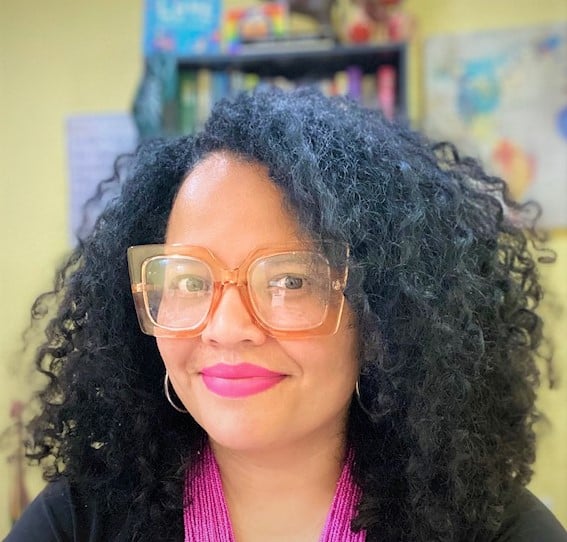
Ivania Delgado, PsyD, MS, MSW, has a social work and clinical psychology background. Dr. Delgado has been an educator for 15 years. Currently, she teaches at Pacific Oaks College as a social work core faculty member. She is also a mother, hija, and partner.
Editor’s Note: If you enjoyed this article, please become a Patreon supporter by clicking here.
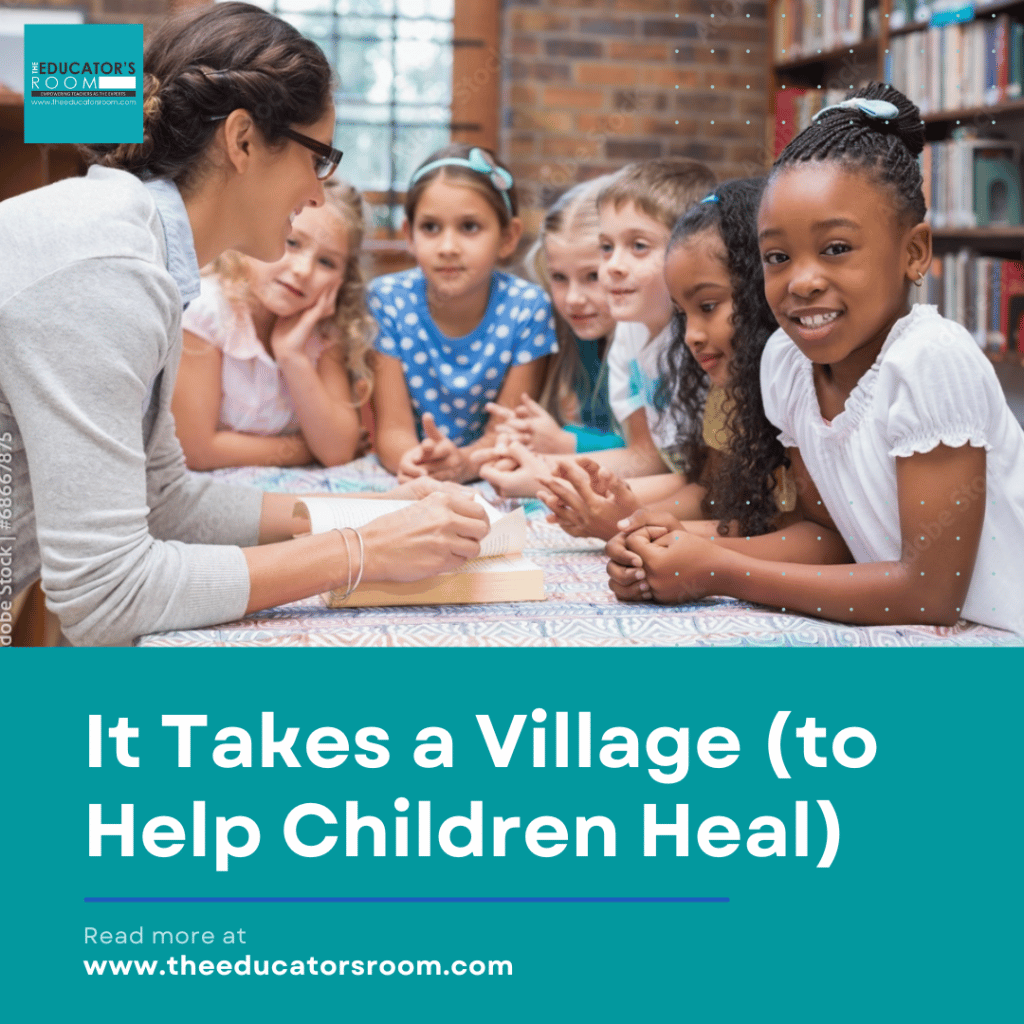



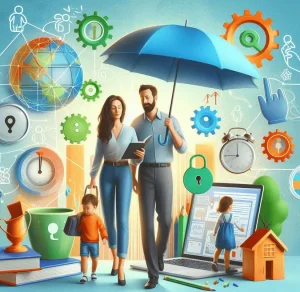
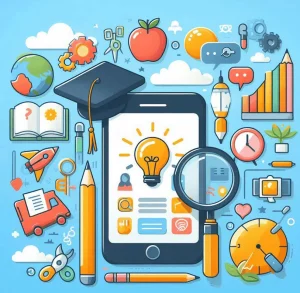
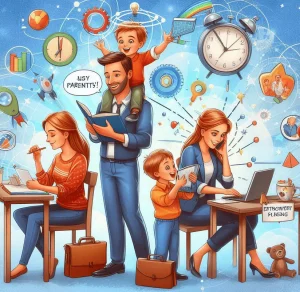

More Stories
One Quote From Each Professor That Perfectly Sums Up Their Personality
New ED-Commissioned Study on ESEA Provisions that Protect Students
Lisa Nielsen: The Innovative Educator: 5 Pandemic Learning Gains